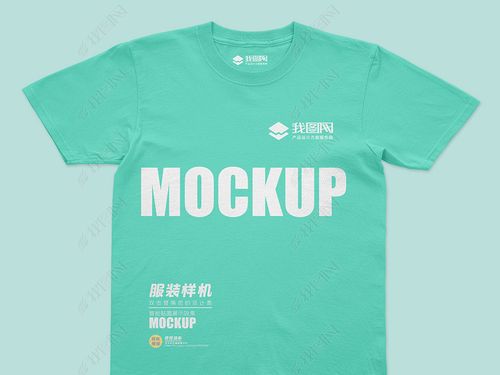Pilling of clothing fabrics is a common problem, but it’s usually not directly related to weight. Pilling refers to the appearance of small fiber pellets on the surface of the fabric during use or washing. The formation of these fiber pellets can be caused by the fiber material of the fabric, textile process, friction and other factors.
Pilling usually has only a minor effect on the weight of the fabric. The weight of fiber pellets is very light, so even in the case of large amounts of pilling, the weight of the entire garment fabric will not change significantly. Therefore, pilling is not a significant issue from a weight perspective.
However, pilling may have some impact on the appearance and texture of the fabric. Pilling can make the fabric look less smooth and give it a worn or old look. In addition, pilling may cause the fabric to become rough to the touch, reducing wearing comfort.
In order to solve the pilling problem, you can take the following measures:
1. Select Quality fabrics: Some fabrics are more prone to pilling than others, so choosing a fabric with a better texture can reduce the likelihood of pilling.
2. Pay attention to the washing method: Correct washing method can reduce the occurrence of fabric pilling. Avoid washing with high friction or high temperatures, choose a gentle detergent, and follow the directions on the label.
3. Use pilling agents: There are some special pilling agents on the market that can help reduce the problem of fabric pilling. These pilling agents can be used during the washing process to effectively reduce the degree of pilling.
In summary, while pilling may have some impact on the look and feel of garment fabrics, it is usually not directly related to weight. Measures such as choosing high-quality fabrics, paying attention to washing methods, and using pilling agents can help reduce the occurrence of fabric pilling.








